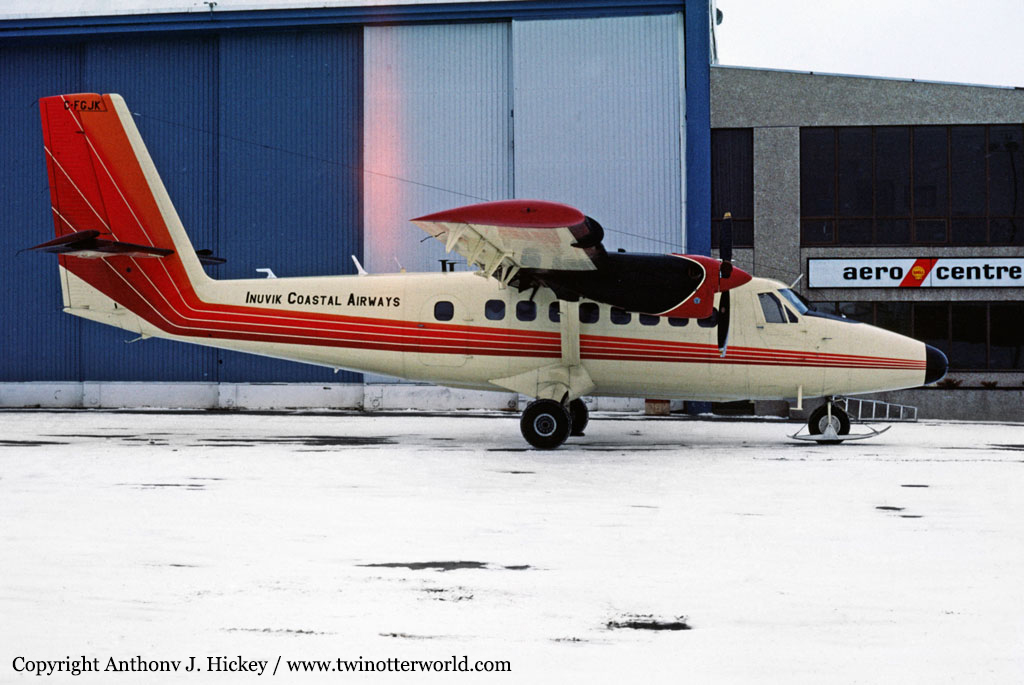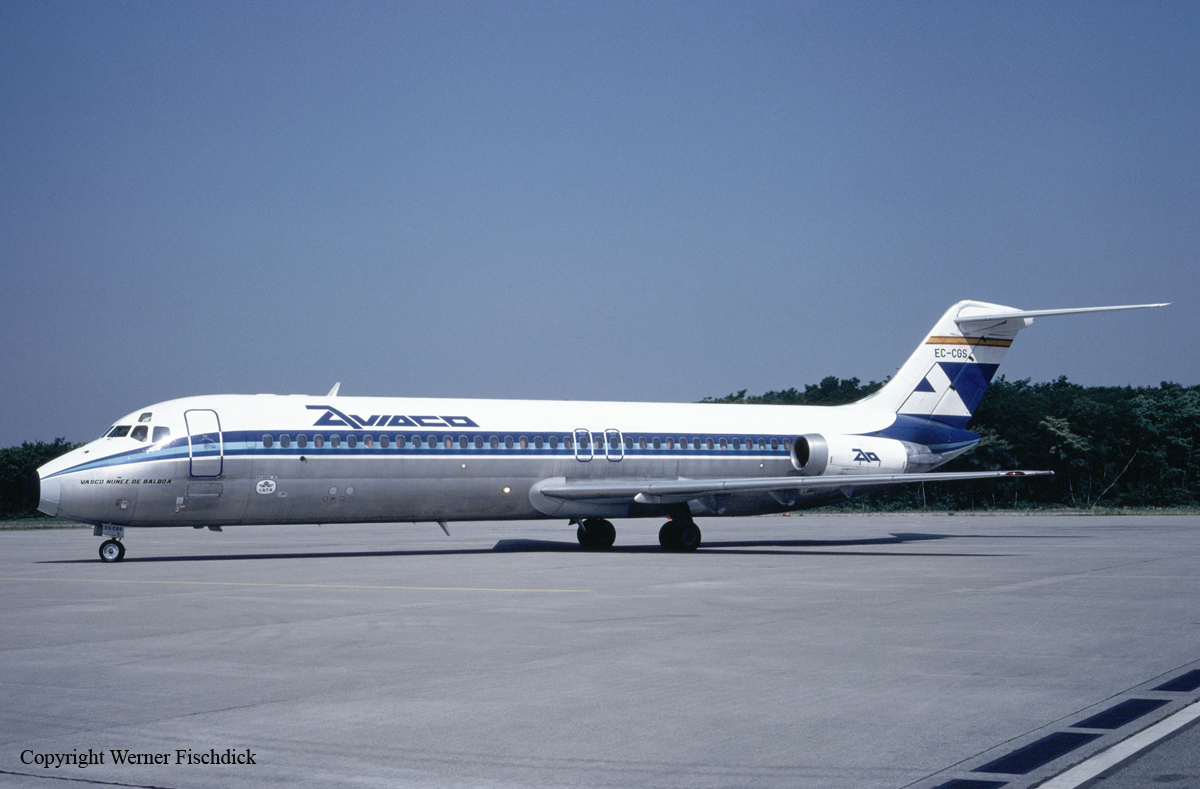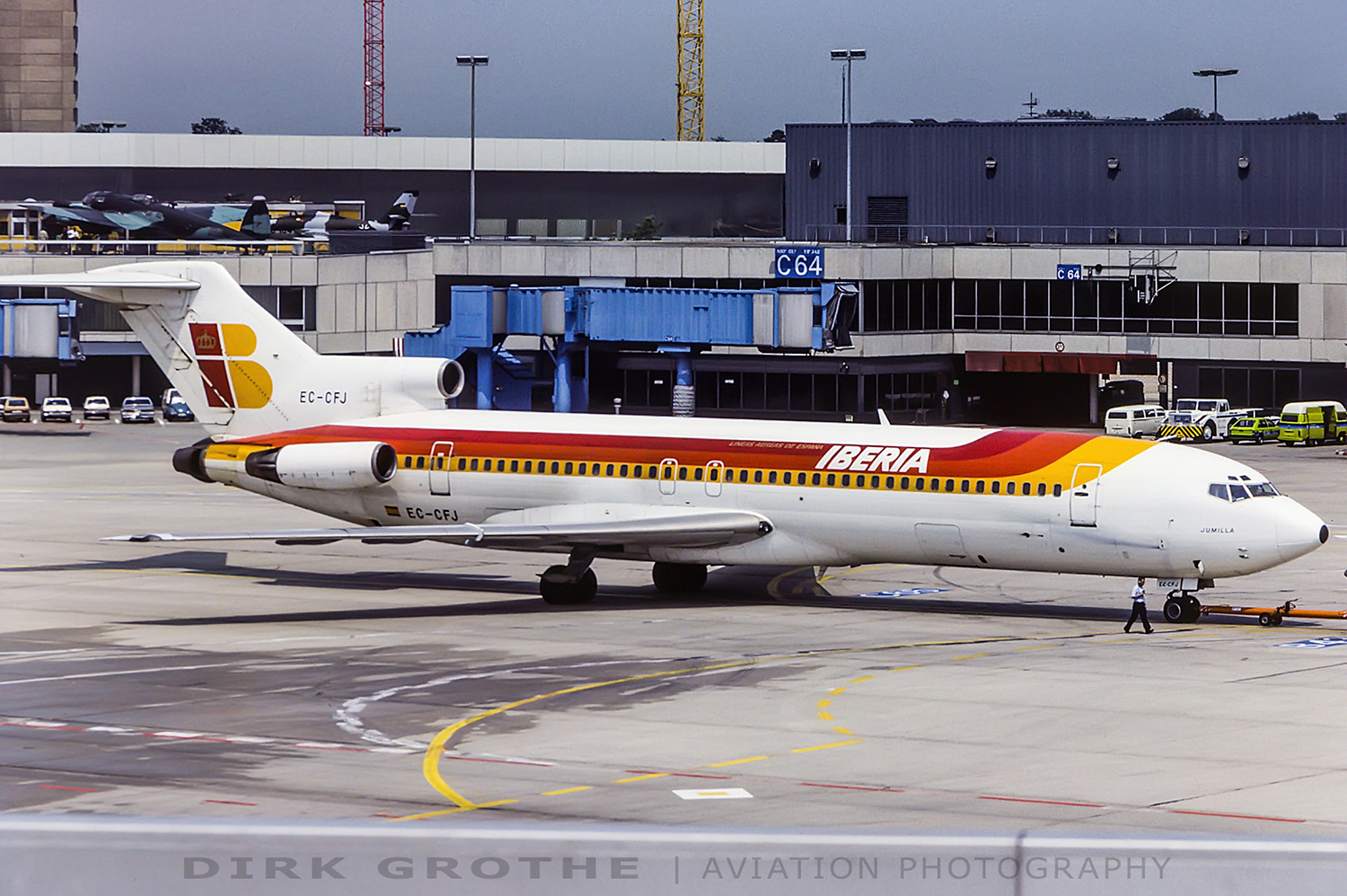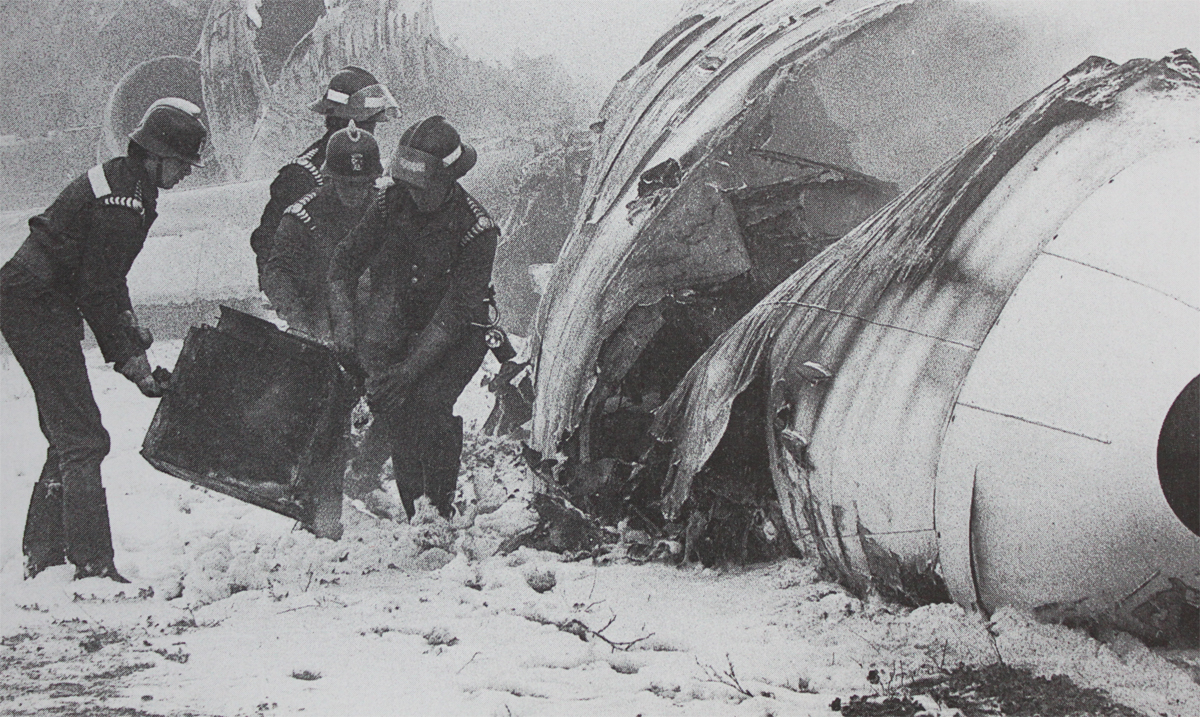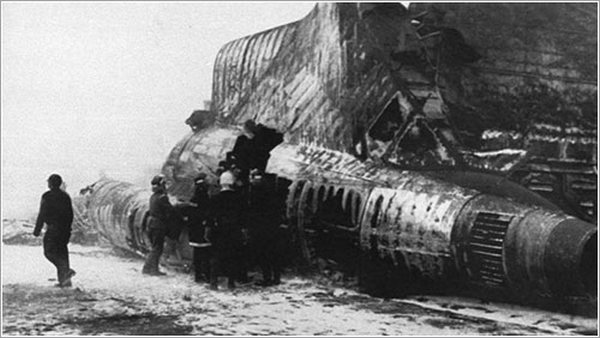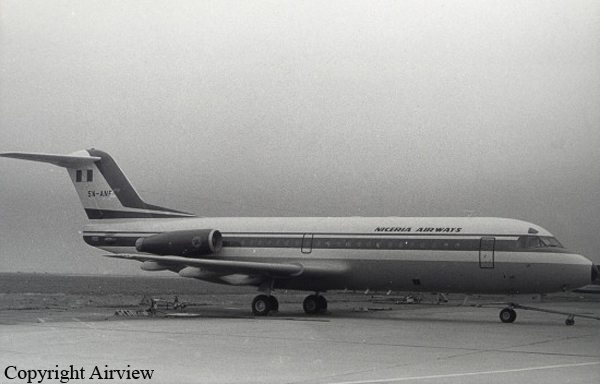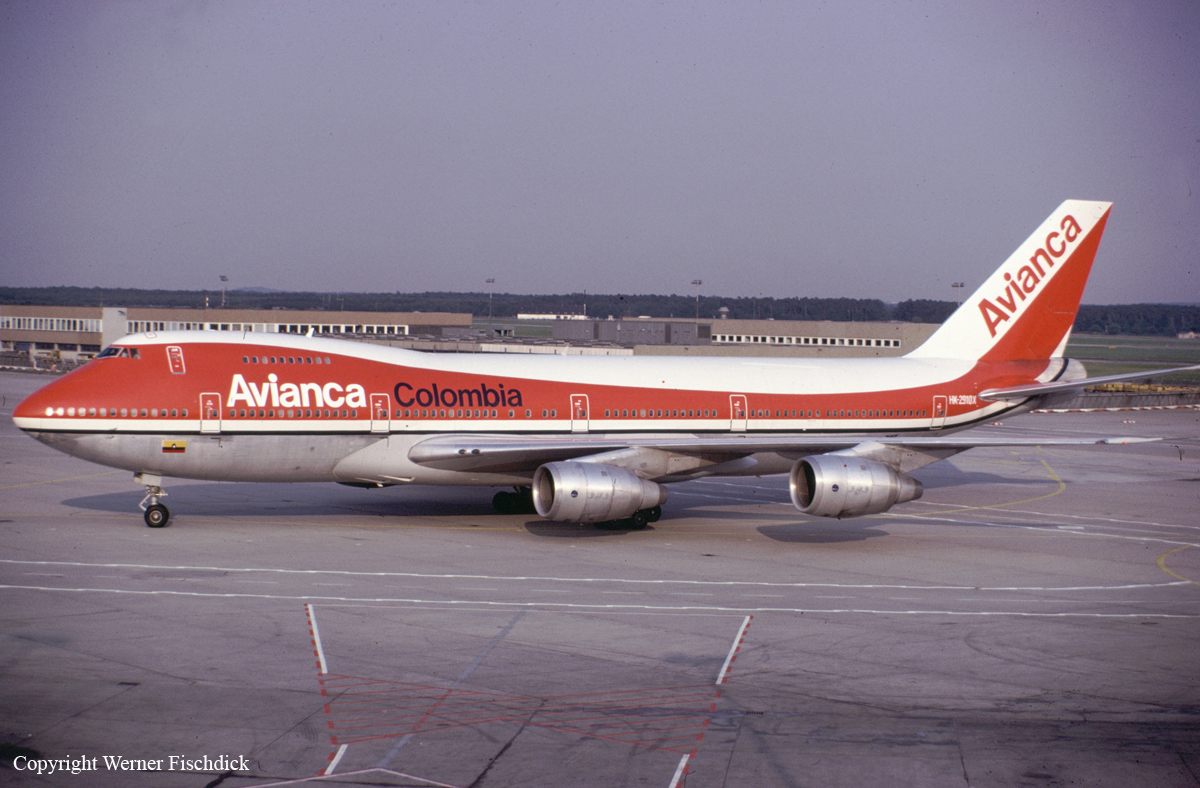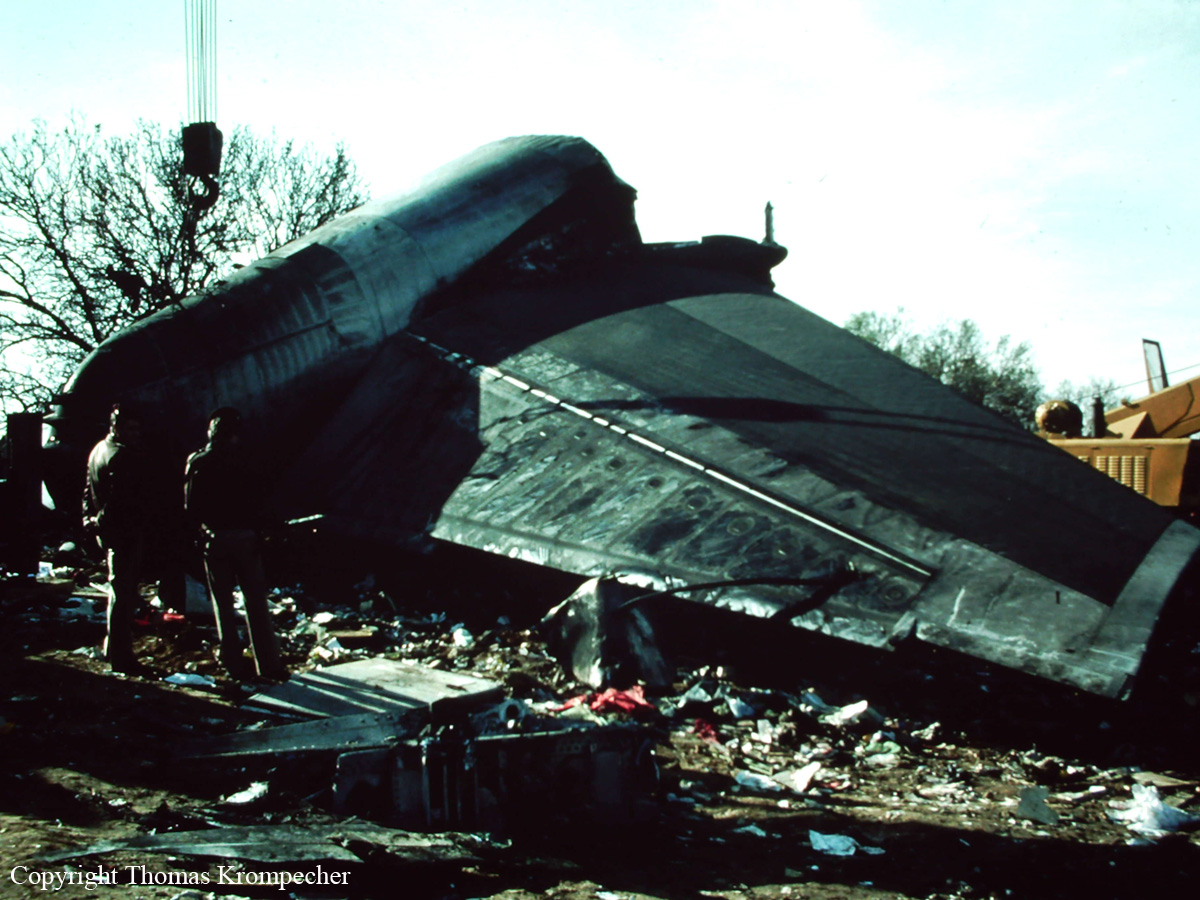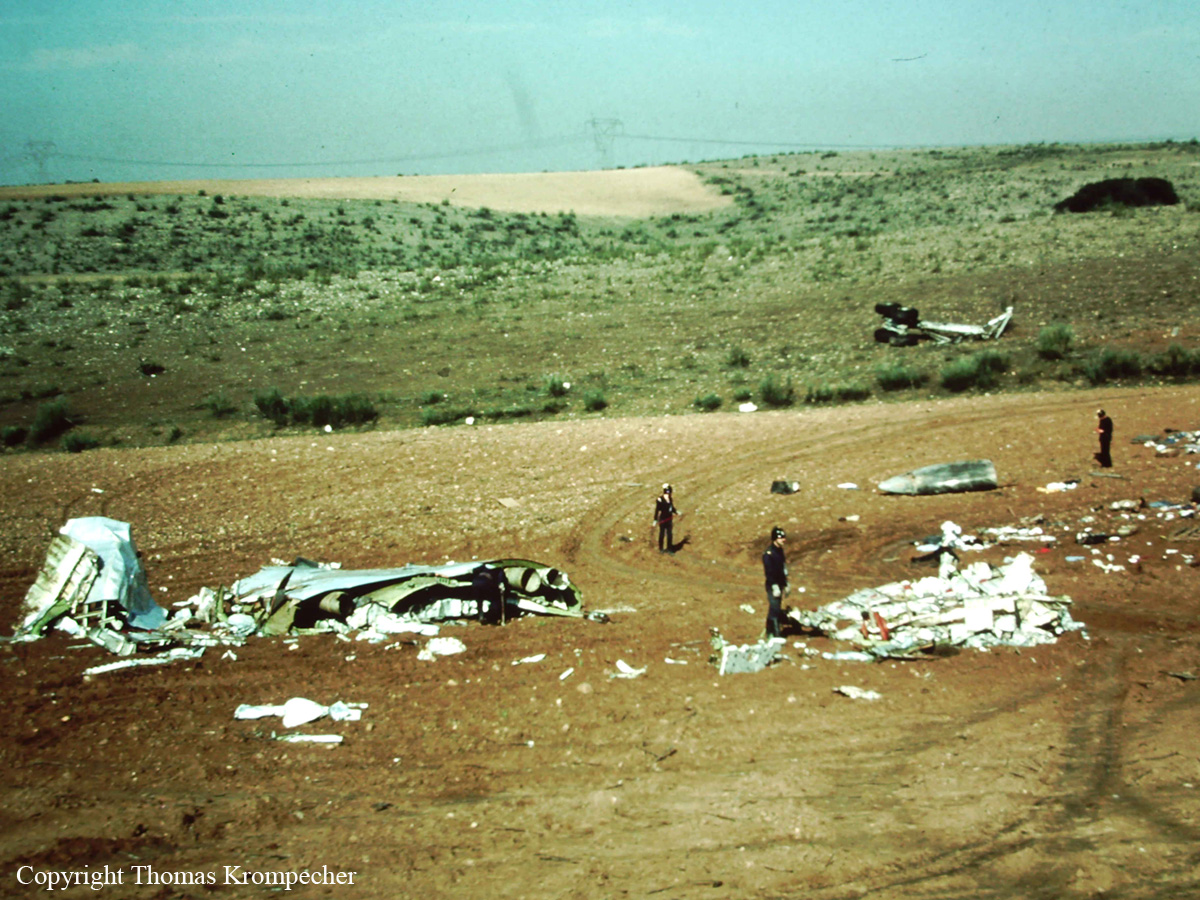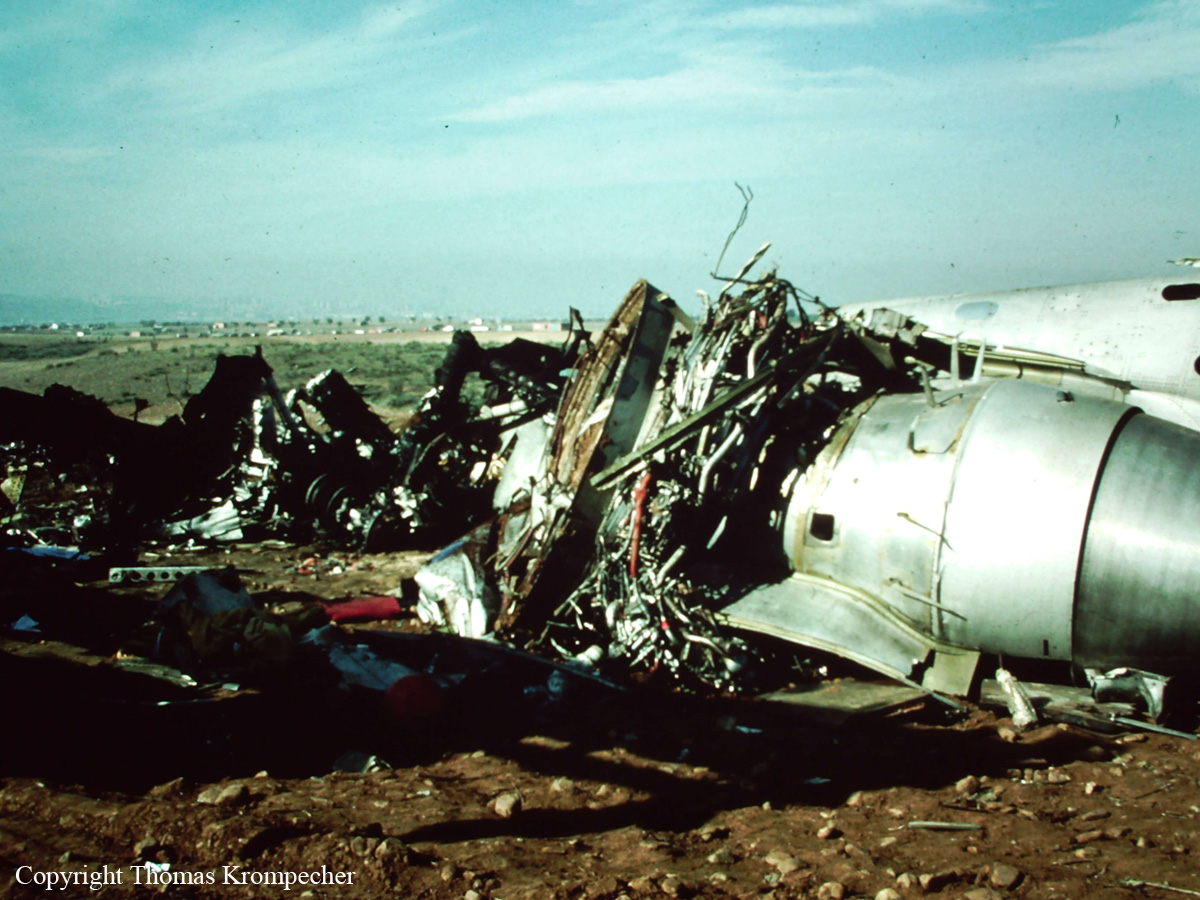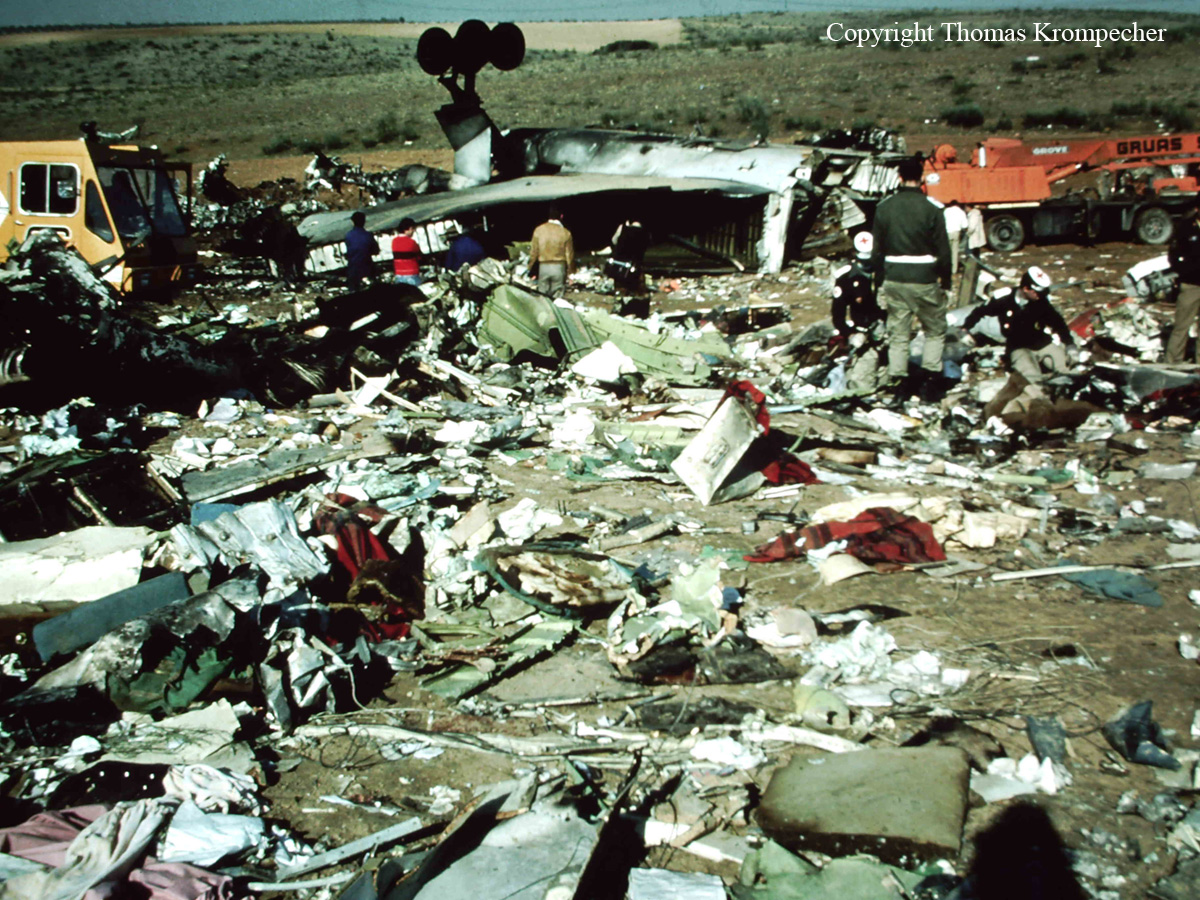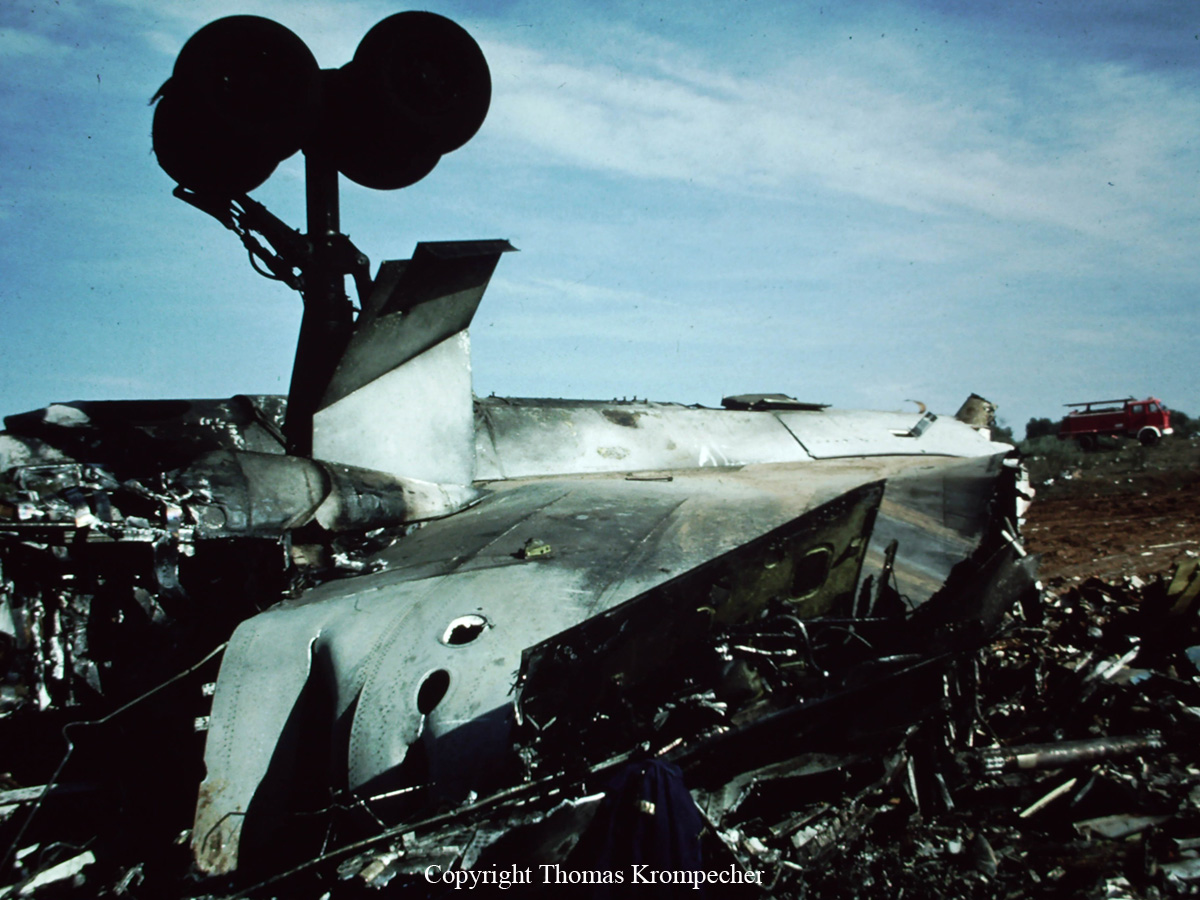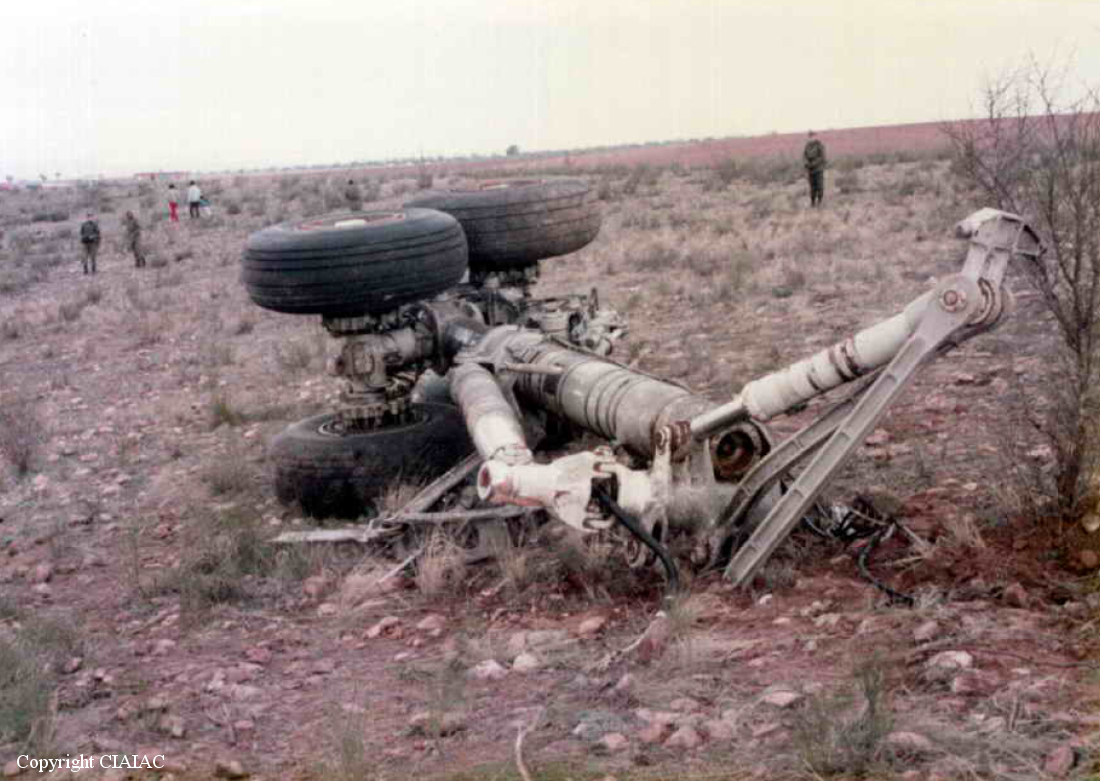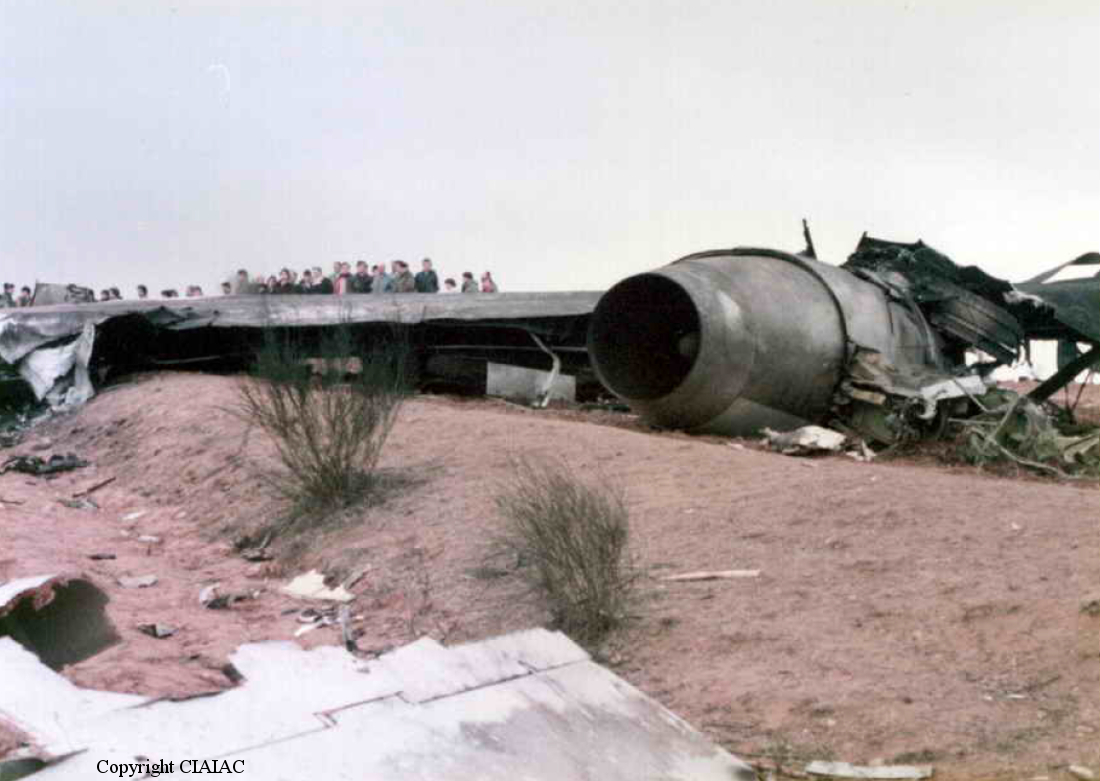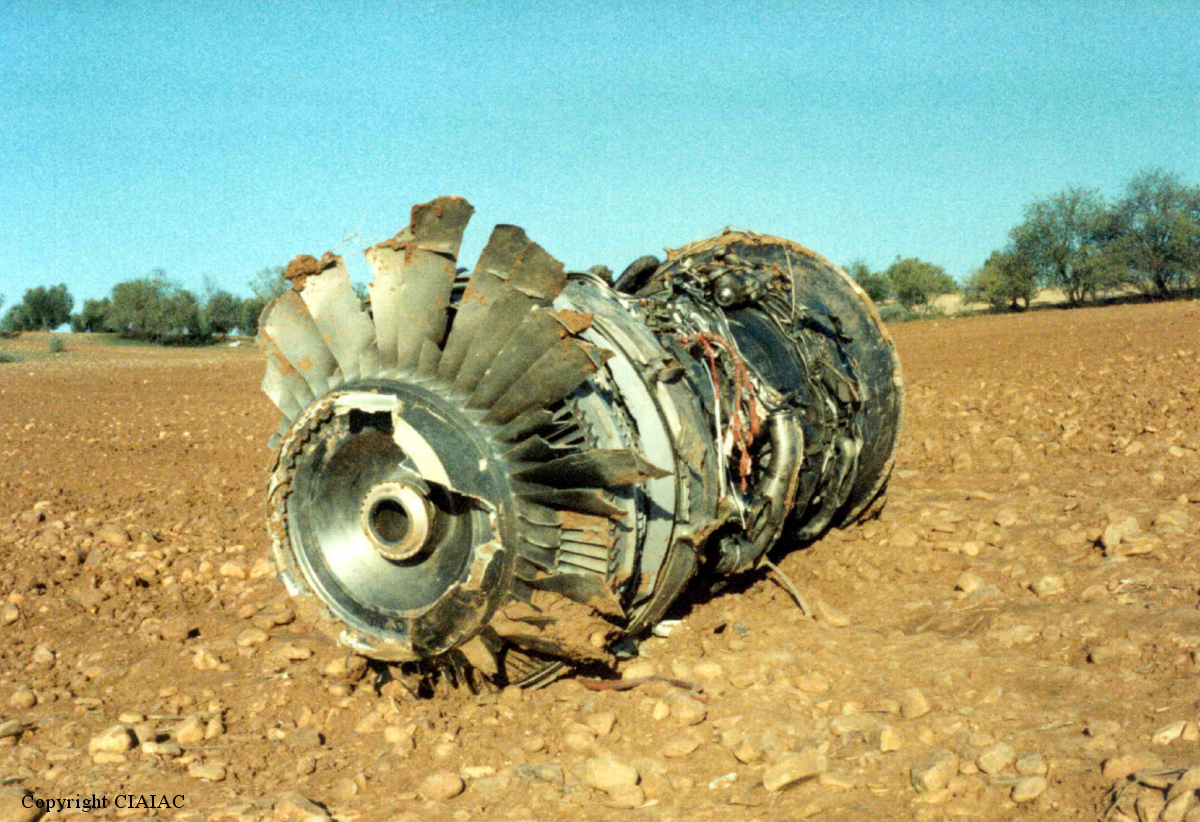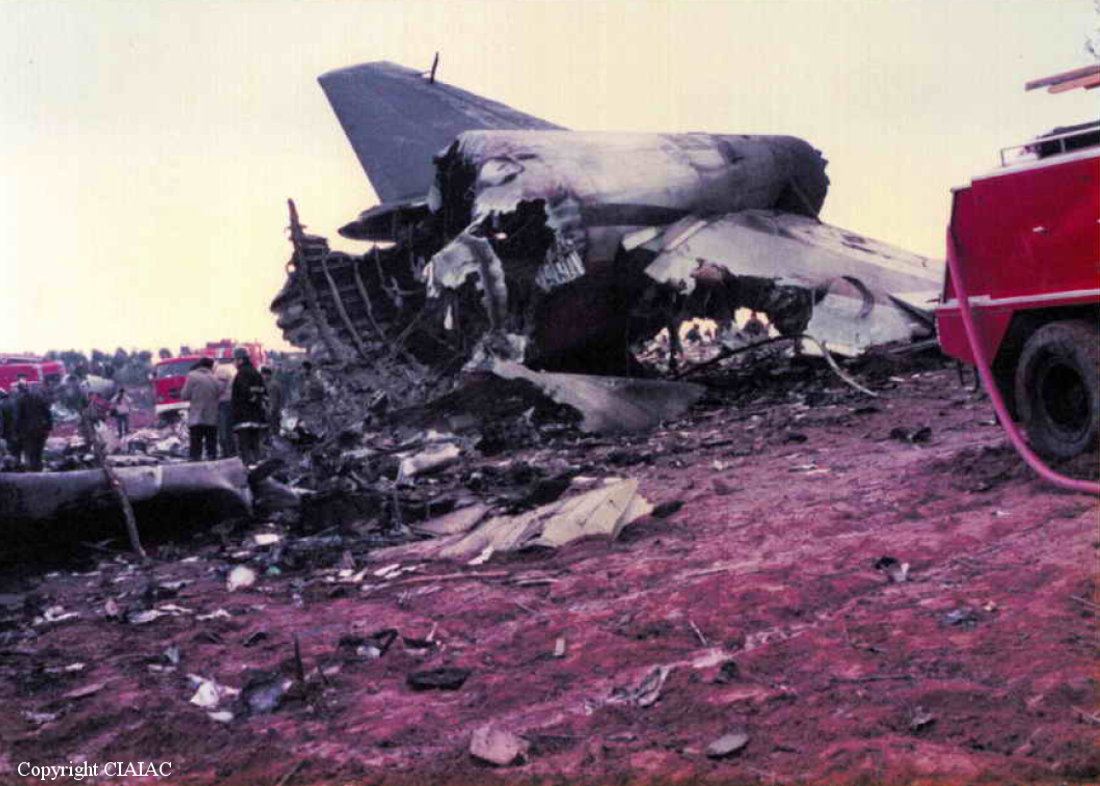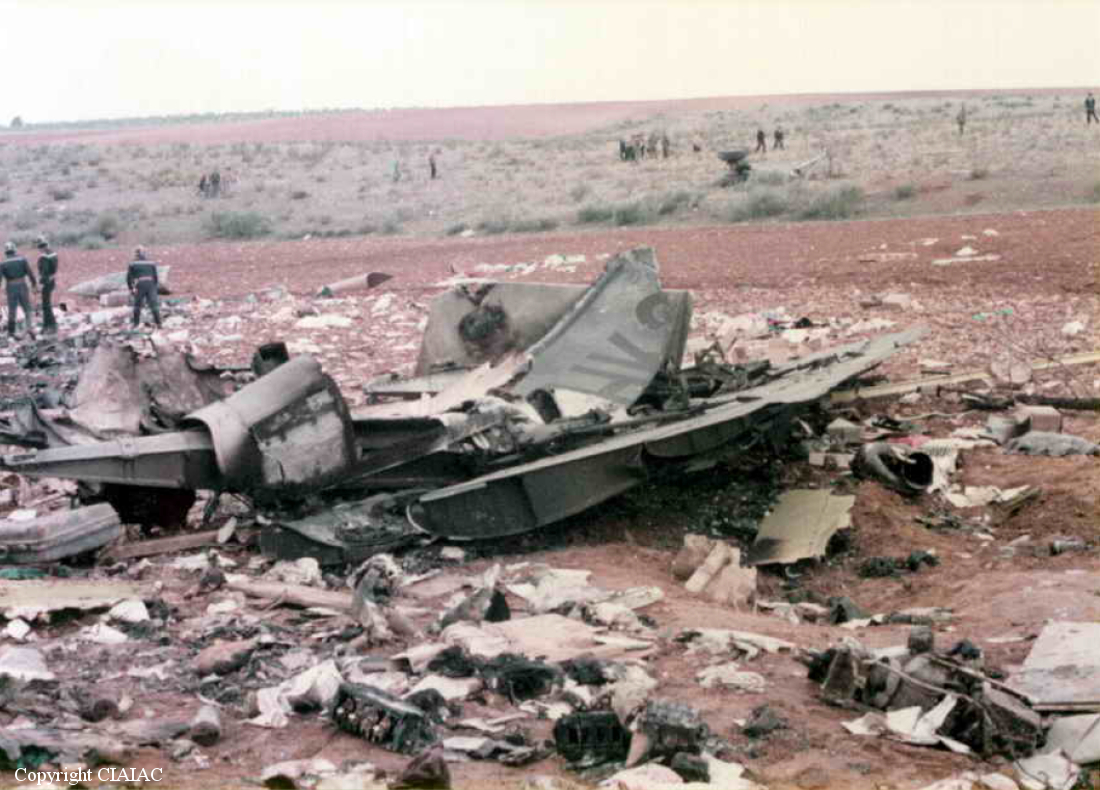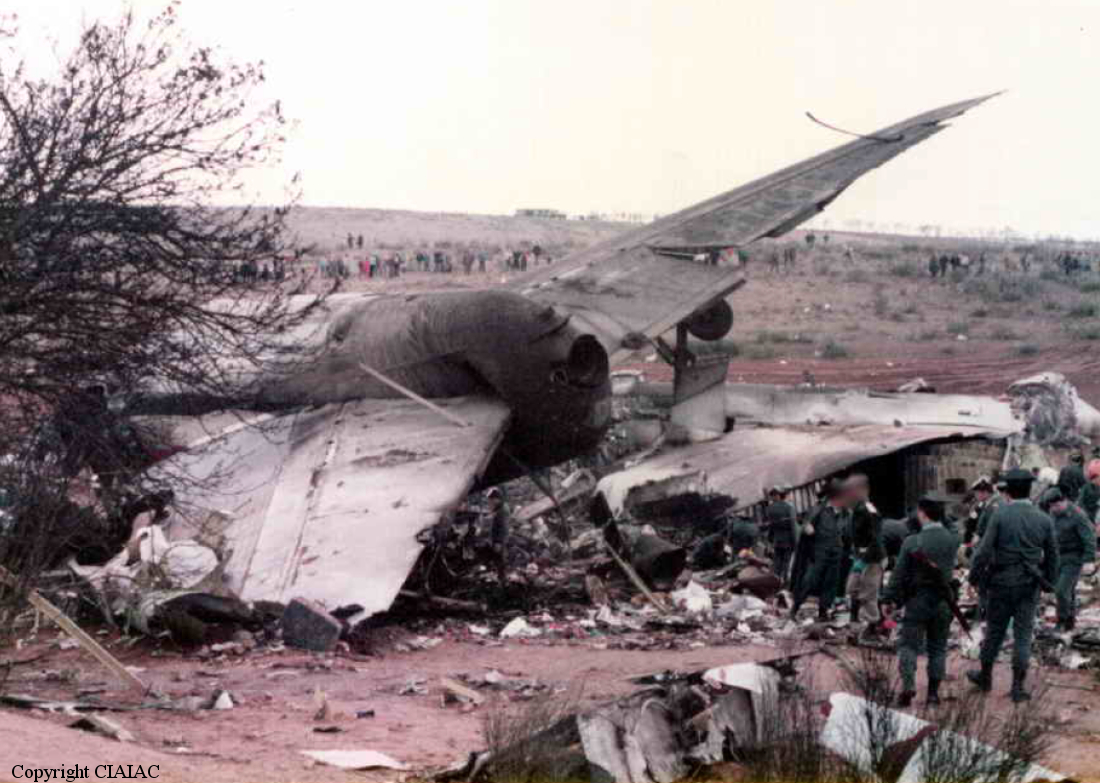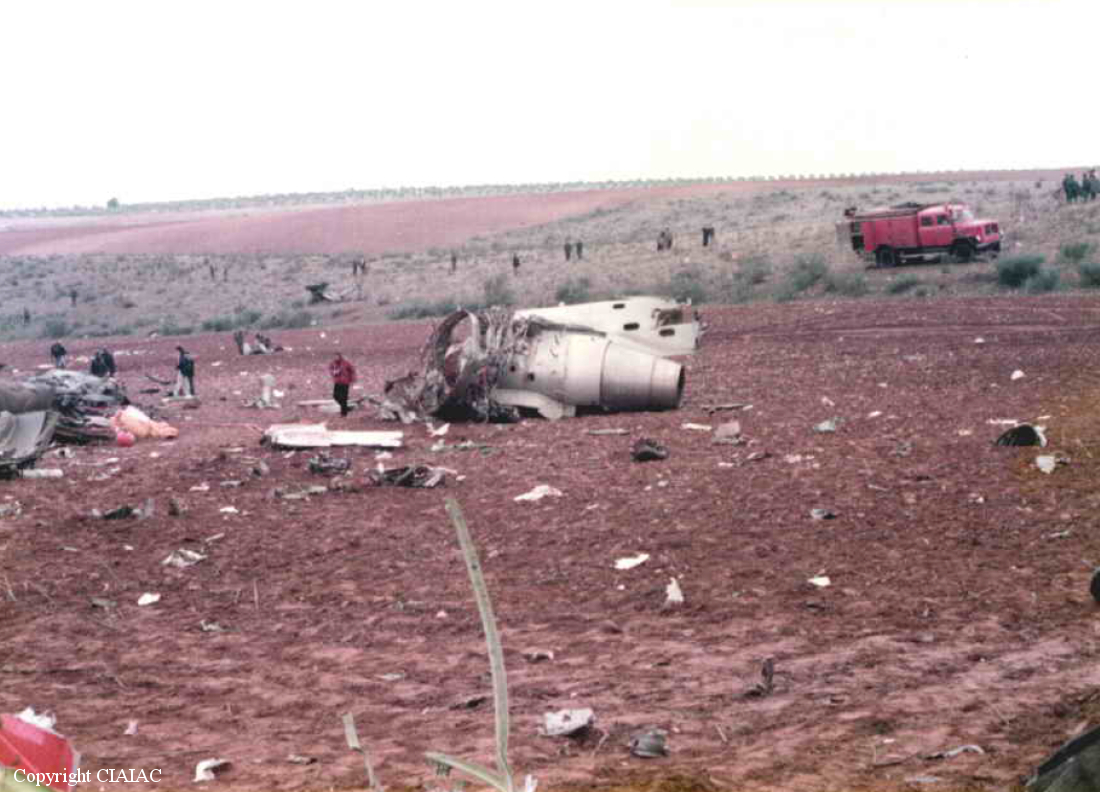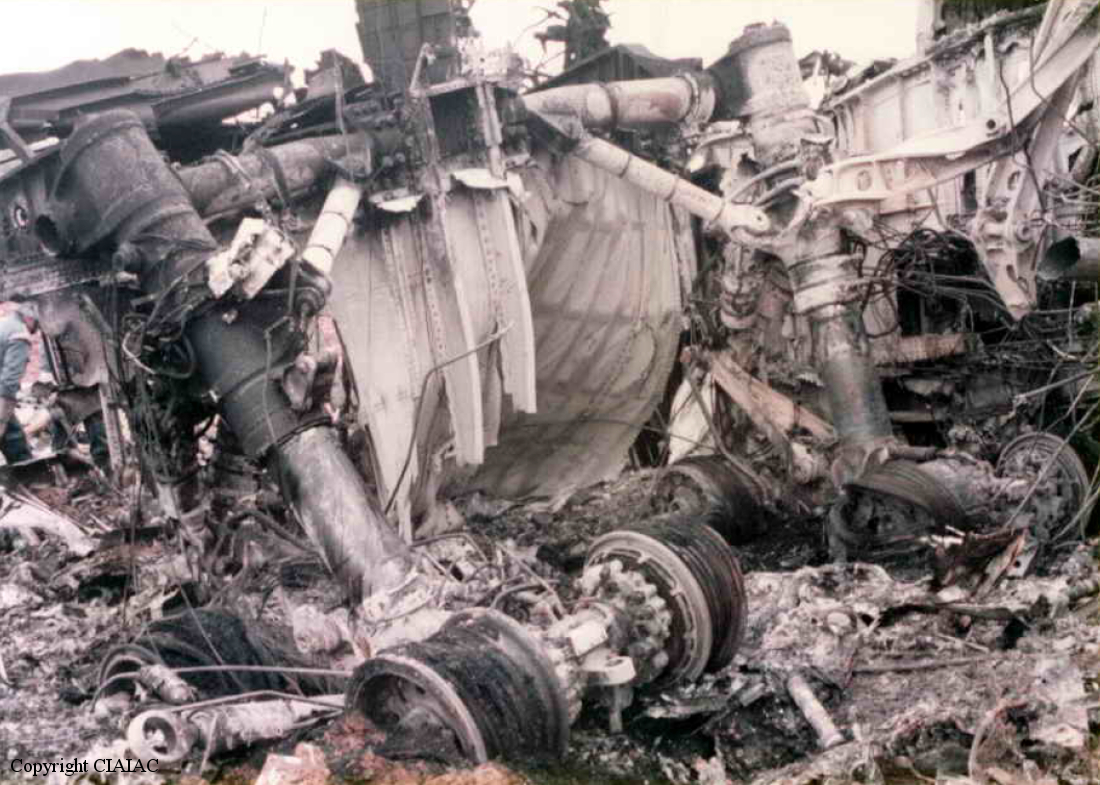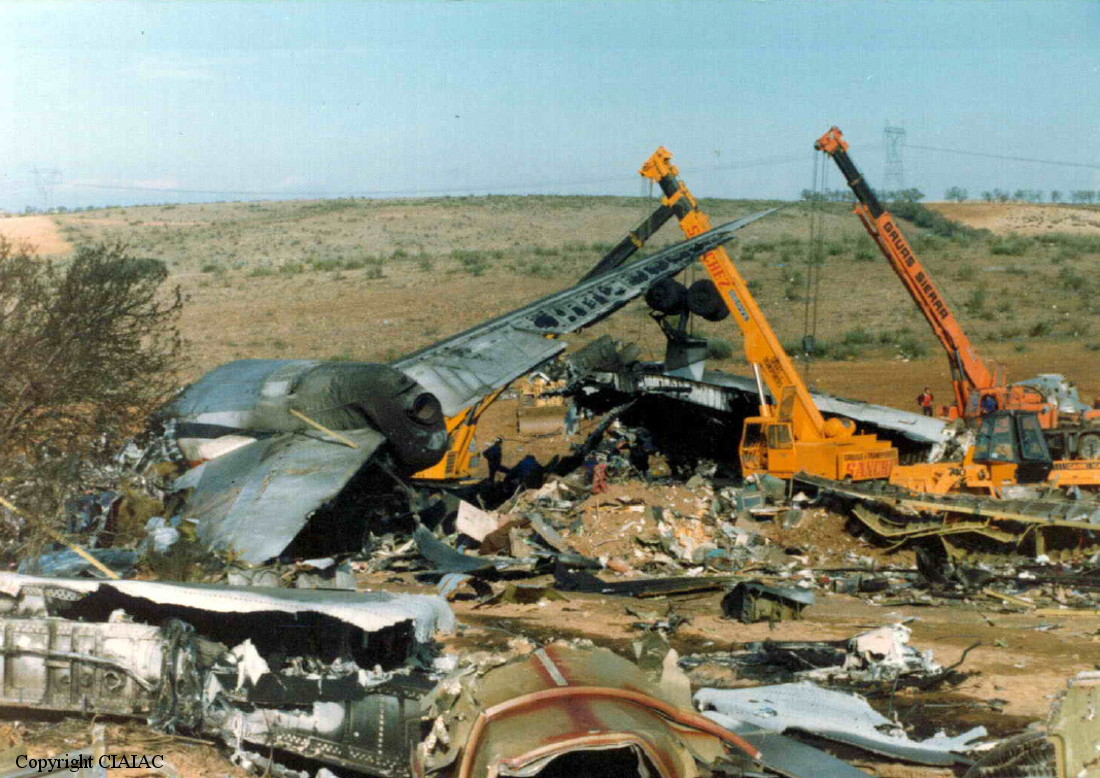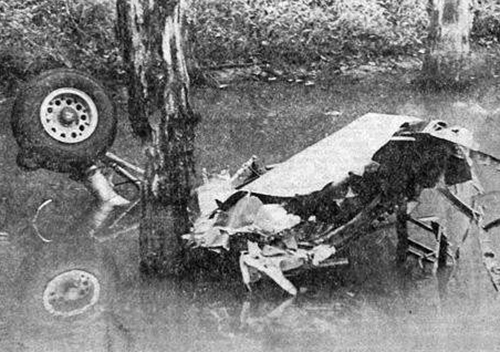Crash of a De Havilland DHC-6 Twin Otter 200 in Paulatuk: 2 killed
Date & Time:
Dec 17, 1983 at 1310 LT
Registration:
C-FGJK
Survivors:
Yes
Schedule:
Inuvik - Paulatuk
MSN:
213
YOM:
1969
Crew on board:
1
Crew fatalities:
Pax on board:
11
Pax fatalities:
Other fatalities:
Total fatalities:
2
Circumstances:
On approach to Paulatuk Airport, the pilot encountered marginal weather conditions with strong cross winds and blowing snow. On short final, while making a transition from visual to instruments flight rules, the pilot decided to initiate a go-around when the left wing struck the ground. Out of control, the aircraft veered to the left and came to rest. The pilot and a passenger were killed while 10 other occupants were injured.
Probable cause:
It was determined that the accident was the consequence of the combination of the following factors:
- The Paulatuk aerodrome runway is not oriented to correspond with the prevailing winds,
- Environment Canada does not produce an aerodrome forecast for Paulatuk,
- As the aircraft landed, the crosswind from the right increased appreciably reducing visibility in blowing snow,
- During the overshoot, as the pilot was making the transition from visual to instrument flight conditions, control of the aircraft was lost,
- The aircraft was overloaded by 840 lbs.
- The Paulatuk aerodrome runway is not oriented to correspond with the prevailing winds,
- Environment Canada does not produce an aerodrome forecast for Paulatuk,
- As the aircraft landed, the crosswind from the right increased appreciably reducing visibility in blowing snow,
- During the overshoot, as the pilot was making the transition from visual to instrument flight conditions, control of the aircraft was lost,
- The aircraft was overloaded by 840 lbs.
